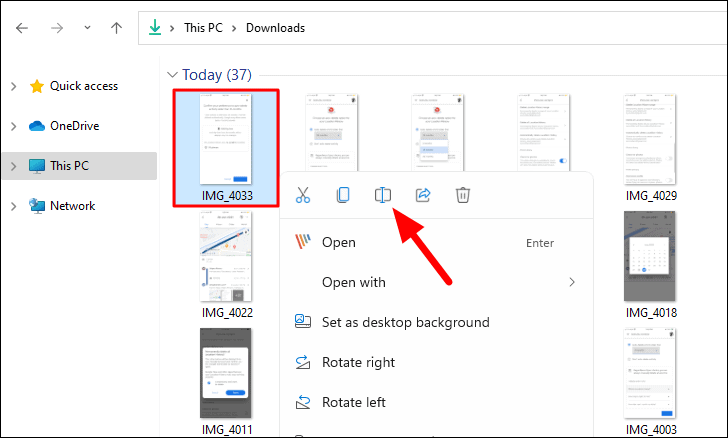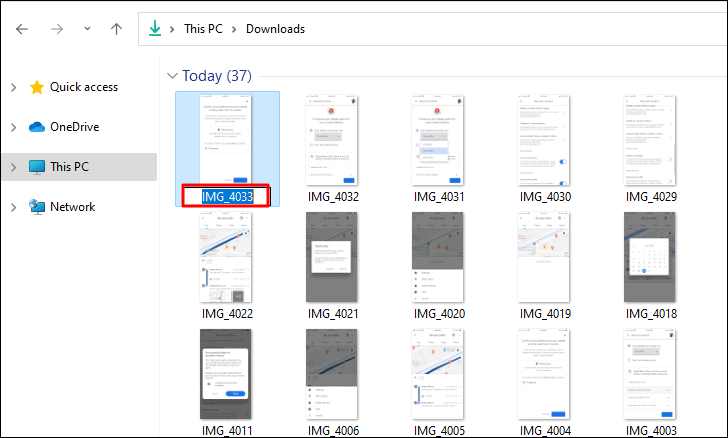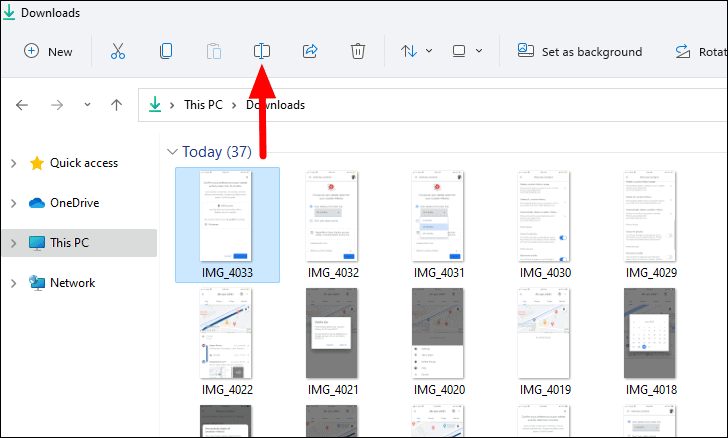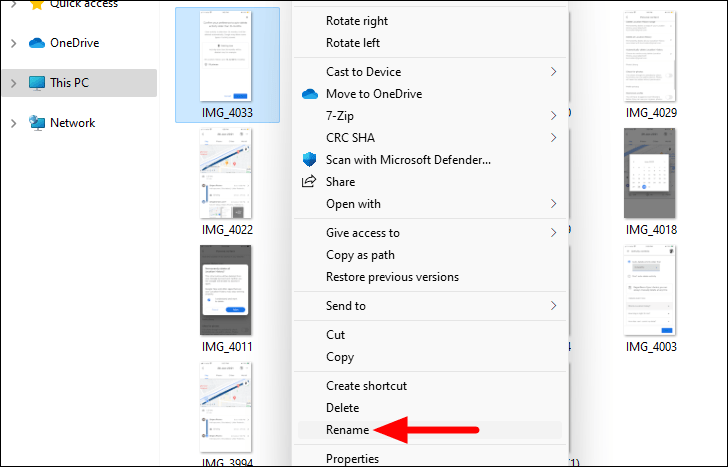Renaming files and folders is a fundamental part of organizing your workspace in Windows 11. With its new interface, some familiar options have shifted, but renaming items remains a straightforward process. This guide will show you the most effective methods to rename files and folders in Windows 11.
Renaming a File Using the F2 Key
The quickest way to rename a file or folder is by using the F2 keyboard shortcut. Here's how:
- Select the file or folder you want to rename.
- Press the F2 key on your keyboard.
- Type the new name for the item.
- Press Enter to save the new name.
Renaming a File Using the Context Menu
Windows 11 has updated the context menu that appears when you right-click on a file or folder. To rename using the context menu:
- Right-click on the file or folder you wish to rename.
- Click on the 'Rename' icon at the top or bottom of the context menu.

- Enter the new name for the file or folder.

- Press Enter to confirm the new name.
Renaming a File from the File Explorer Command Bar
Windows 11 introduces a new command bar at the top of File Explorer, providing quick access to common actions:
- Select the file or folder you want to rename.
- Click on the 'Rename' icon in the command bar.

- Type the new name.
- Press Enter to save the changes.
Renaming a File Using the Legacy Context Menu
If you prefer the traditional context menu from previous versions of Windows, you can still access it:
- Right-click on the file or folder you wish to rename.
- Select 'Show more options' from the context menu.

- Click on 'Rename' from the legacy context menu.

- Type the new name and press Enter.
With these methods, renaming files and folders in Windows 11 is efficient and customizable to your workflow preferences. Choose the method that suits you best and keep your files neatly organized.

